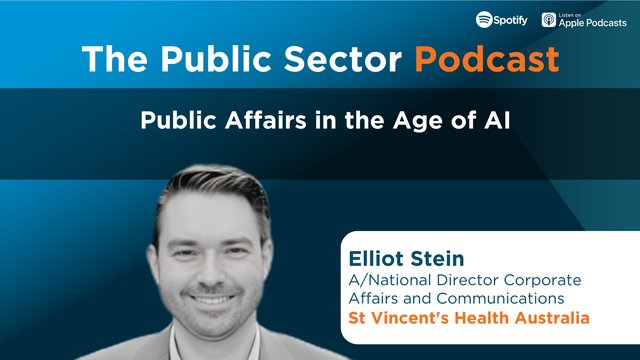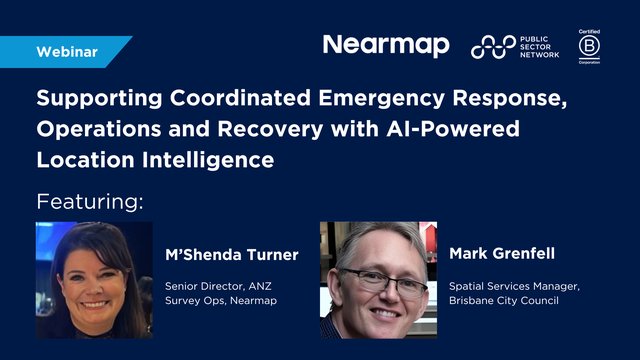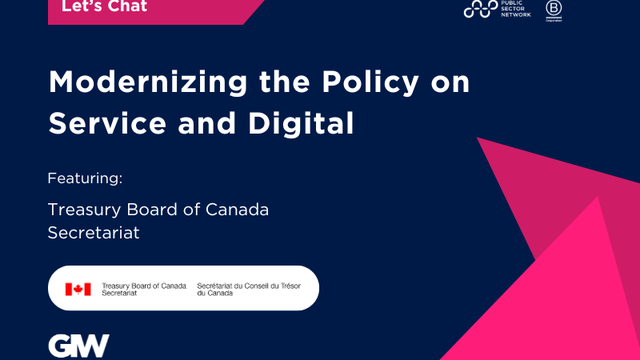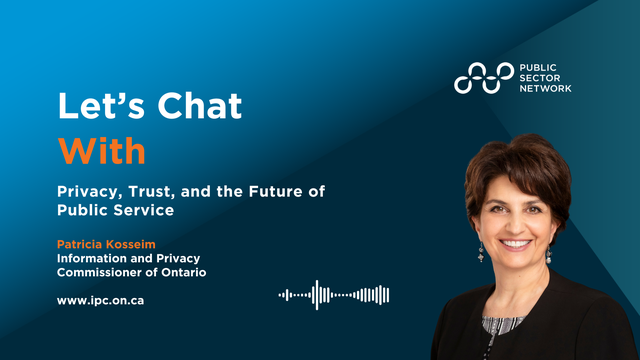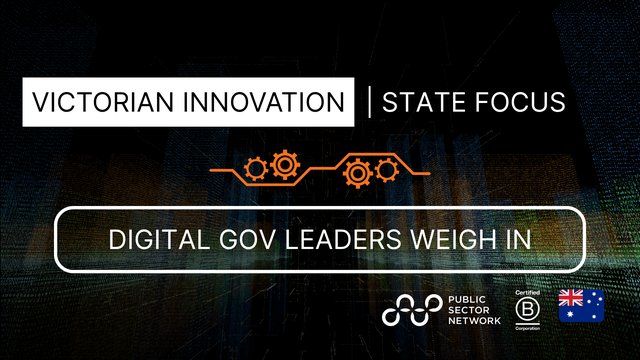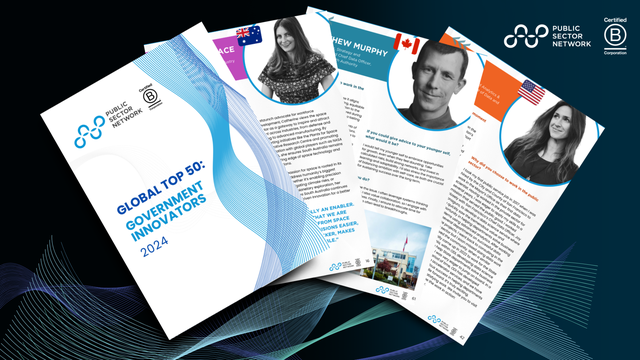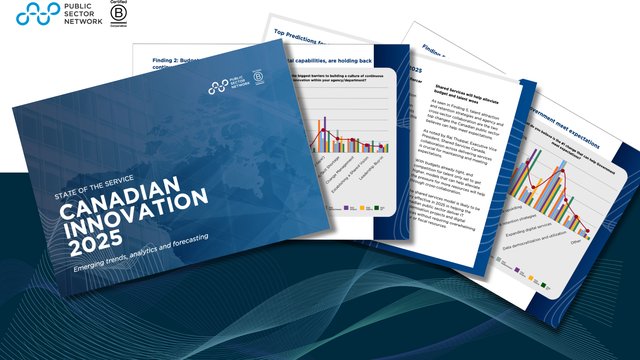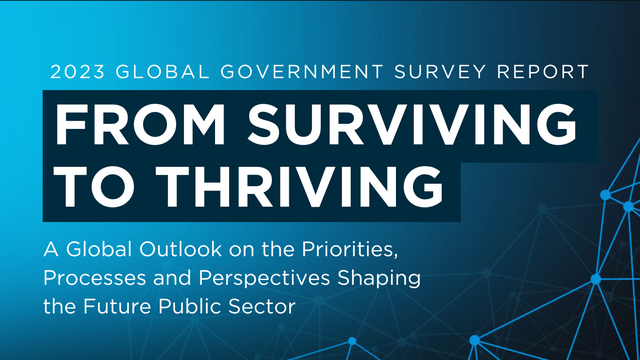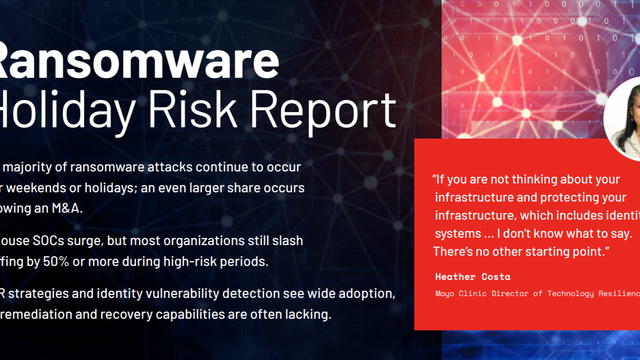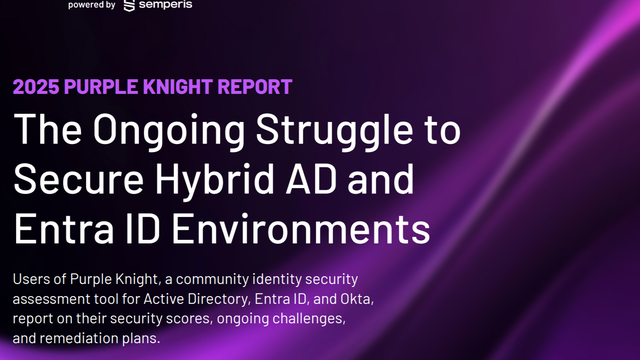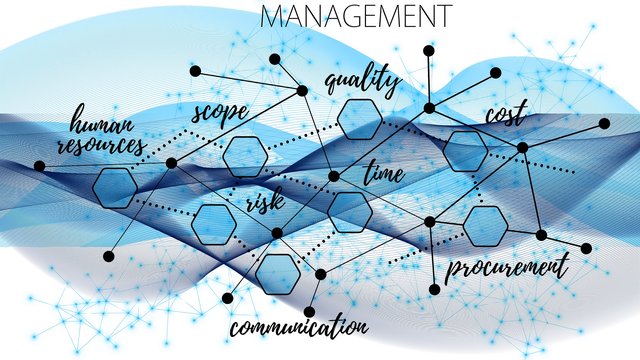
Introduction: The Digital Shift in Public Service
For decades, Canadian governments delivered services through paper forms, in-person visits, and lengthy processing times. But citizens now expect the same speed and convenience they get from private-sector digital platforms—whether applying for permits, accessing healthcare, or filing taxes.
Artificial Intelligence (AI) is emerging as a critical tool for public sector modernization, helping governments automate workflows, reduce wait times, and deliver personalized services. However, AI adoption varies across provinces, with some leading in secure AI deployments, while others focus on interoperability and national standards.
This blog explores how Canadian governments—from New Brunswick’s citizen-centric AI strategy to federal digital ambitions and healthcare innovations in Ontario—are leveraging AI to enhance service delivery.
New Brunswick’s AI Strategy: Secure, Ethical, and Citizen-Focused
Key Insight from Tony Daye, Chief Digital Officer of New Brunswick
At a recent Public Sector Network event, Tony Daye outlined New Brunswick’s approach to AI: "We innovate to solve problems—not just for efficiency, but to build trust."
Key Initiatives:
✅ ChatGNB – An alternative generative AI solution for GNB employees that complies with privacy and security requirements, without exposing sensitive data to third-party platforms.
✅ Service Modernization – Enabling life-event based services while streamlining online digital processes to improve citizens' experience.
✅ Ethical AI Governance – New Brunswick embeds bias detection, transparency, and accountability into its AI models.
Why It Matters:
Reduces administrative burden (e.g., teachers using AI for lesson planning).
Improves citizen satisfaction with faster, more accurate responses.
Sets a benchmark for other provinces in secure, sovereign AI deployment.
The Federal Government’s Digital Ambition: Breaking Down Silos
Key Insight from Paul Wagner, CEO of Canadian Digital Services
The federal government faces a major challenge: 160+ departments and agencies, each with different digital systems, leading to fragmented citizen experiences.
Key Challenges & Solutions:
🔹 Problem: Canada dropped from 3rd to 47th in global e-government rankings (UN 2023).
🔹 Solution: A national digital strategy focused on:
Interoperability (seamless data sharing between federal/provincial/municipal systems).
Centralized governance to prevent duplication.
Human-centered design to rebuild trust.
Why It Matters:
Opportunity to standardize AI tools across government.
Demand for secure, scalable platforms that work across jurisdictions.
AI in Healthcare: Real-Time Diagnostics & Preventative Care
Key Insights from a National Panel (IWK Health, CAMH, McGill University Health Centre)
Healthcare is one of AI’s most impactful use cases in government. Examples include:
🏥 Hamilton Health Sciences – AI reduces unnecessary cardiac catheterizations, saving costs and improving patient outcomes.
🏥 IWK Health (Nova Scotia) – Remote pulse oximetry for newborns detects heart defects early, preventing emergencies.
🏥 CAMH (Toronto) – AI-assisted drug testing identifies toxic substances in real time, reducing overdose risks.
Why It Matters:
AI doesn’t replace clinicians—it empowers them by automating routine tasks.
Preventive AI models (e.g., predictive analytics) can reduce ER visits and hospital readmissions.
Comparing Provincial AI Approaches
| Province/Federal | Key AI Focus | Example | Lesson for Other Governments |
|---|---|---|---|
| New Brunswick | Citizen-centric AI chatbots | ChatGNB (secure internal AI) | Ethics & privacy must be built-in |
| Federal | National interoperability | Unified digital service standards | Siloed systems hurt efficiency |
| Ontario | Healthcare diagnostics | AI for ER triage & drug testing | AI works best when solving real pain points |
The Future of AI in Canadian Public Service
Trends to Watch:
- Hyper-Personalization – AI tailoring services based on life events (e.g., auto-renewing permits).
- Predictive Government – AI anticipating citizen needs before they ask.
- Cross-Jurisdictional AI – Breaking down barriers between federal, provincial, and municipal systems.
Ethical Considerations:
- Bias Mitigation – Ensuring AI doesn’t reinforce inequalities.
- Transparency – Citizens should know when and how AI influences decisions.
- Public Trust – Responsible deployment is key to adoption.
Conclusion: AI as a Public Service Game-Changer
AI is not just a tech upgrade—it’s a fundamental shift in how governments serve citizens. From New Brunswick’s secure chatbots to federal interoperability efforts and Ontario’s healthcare innovations, Canadian governments are proving that AI can:
✔ Reduce wait times
✔ Cut bureaucratic inefficiencies
✔ Deliver smarter, more personalized services
For public sector employees: The time to adopt AI is now—start small, focus on real problems, and prioritize ethics.
For solution providers: Governments need scalable, secure, and interoperable AI tools—those who deliver will lead the next wave of digital transformation.


